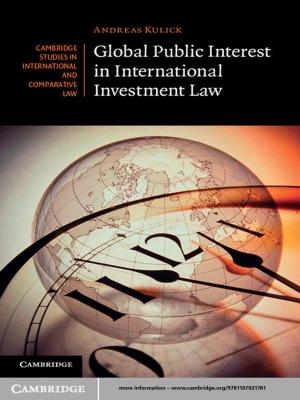The Trans-Pacific Partnership
A Quest for a Twenty-first Century Trade Agreement
Nonfiction, Reference & Language, Law, Commercial, Business & Finance| Author: | ISBN: | 9781139564885 | |
| Publisher: | Cambridge University Press | Publication: | September 20, 2012 |
| Imprint: | Cambridge University Press | Language: | English |
| Author: | |
| ISBN: | 9781139564885 |
| Publisher: | Cambridge University Press |
| Publication: | September 20, 2012 |
| Imprint: | Cambridge University Press |
| Language: | English |
The Trans-Pacific Partnership (TPP) talks attempt to link together at least nine countries in three continents to create a 'high-quality, twenty-first century agreement'. Such an agreement is intended to open markets to competition between the partners more than ever before in sectors ranging from goods and services to investment, and includes rigorous rules in the fields of intellectual property, labour protection and environmental conservation. The TPP also aims to improve regulatory coherence, enhance production supply chains and help boost small and medium-sized enterprises. It could transform relations with regions such as Latin America, paving the way to an eventual Free Trade Area of the Asia Pacific, or see innovations translated into the global trade regulatory system operating under the WTO. However, given the tensions between strategic and economic concerns, the final deal could still collapse into something closer to a standard, 'twentieth-century' trade agreement.
The Trans-Pacific Partnership (TPP) talks attempt to link together at least nine countries in three continents to create a 'high-quality, twenty-first century agreement'. Such an agreement is intended to open markets to competition between the partners more than ever before in sectors ranging from goods and services to investment, and includes rigorous rules in the fields of intellectual property, labour protection and environmental conservation. The TPP also aims to improve regulatory coherence, enhance production supply chains and help boost small and medium-sized enterprises. It could transform relations with regions such as Latin America, paving the way to an eventual Free Trade Area of the Asia Pacific, or see innovations translated into the global trade regulatory system operating under the WTO. However, given the tensions between strategic and economic concerns, the final deal could still collapse into something closer to a standard, 'twentieth-century' trade agreement.















